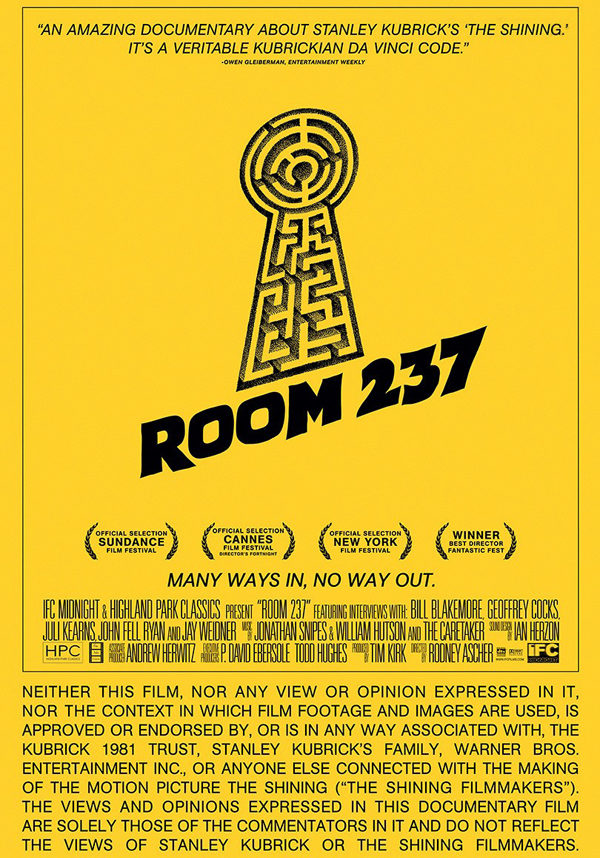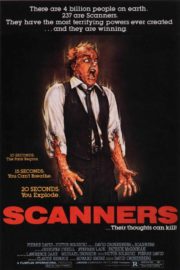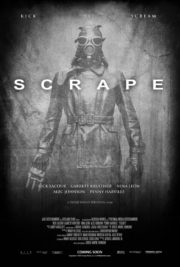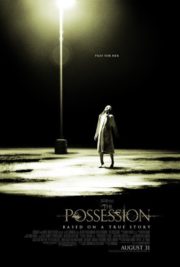A Maze Within a Corridor: The Mysteries of Room 237
“Some places are like people: some shine and some don’t.” This haunting line from Stanley Kubrick’s ‘The Shining’ could very well serve as a cryptic entryway into Rodney Ascher’s ‘Room 237’ – a documentary-style horror movie released in 2012. The film plunges deep into the abyss of obsessive cinematic analysis, examining the myriad of theories surrounding Kubrick’s 1980 masterpiece. Without direct spoilers, ‘Room 237’ serves as a cerebral exploration, intertwining the enigmatic aura of ‘The Shining’ with the fervent speculations of fervid enthusiasts.
The Echoes of Dread: Crafting the Unseen Terror
‘Room 237’ does not rely on traditional horror tropes to incite fear. Instead, the atmosphere and tone of the film emerge from the deep psychological engagement with Kubrick’s work. The documentary induces a sense of foreboding by spotlighting the relentless quest for truth hidden in ‘The Shining.’ It weaves a tapestry of tension through interviews with theorists whose passionate deductions often threaten to border on madness. The rich landscape of speculations about hidden messages regarding genocide, government conspiracies, or metaphysical possibilities turn the film into a hall of mirrors reflecting our most human fears: the unknown and the uncontrollable.
Through the Lens Darkly: Haunting Visuals and Eerie Sounds
In a critique of the cinematography, ‘Room 237’ lacks the visual horror punch. Yet, it employs an array of clips from ‘The Shining’ and creatively repurposes footage from other films to resonate with the theories being discussed. Lighting and color in the selected clips become characters of their own, sometimes proposed as keys to hidden narratives or emotional triggers intended by Kubrick. Ascher’s documentary utilizes unconventional visuals to frame each segment, allowing the viewer’s imagination to fill in the crevices with their own trepidation.
The soundtrack and sound effects are integral, accentuating the film’s exploration of the horror behind the horror. Sound in ‘Room 237’ serves as a narrative device, often amplifying the intensity of a theorist’s conviction or highlighting the eerie moments of silence when the film leaves you to ponder the abyss of hidden meanings.
Fear in the Mind’s Eye: The Mechanics of Horror
Although ‘Room 237’ itself is not a horror movie in a traditional sense, it comments on the performances in ‘The Shining’, discussing how Kubrick’s direction and the actors’ interpretations may hold secrets to understanding the larger message. The characters in ‘The Shining’ reflect layered depths of terror that are discussed analytically in ‘Room 237’, a testament to the original’s horror magnitude. ‘Room 237’, instead of presenting a horror narrative, dissects the psychological and supernatural elements of Kubrick’s opus, exploring how they contribute to the genre’s lexicon.
The film’s methods to frighten the audience lie not in shock value but in the unsettling realizations of possibilities buried within ‘The Shining’. It masterfully plants ideas that germinate into paranoia and leads viewers down paths that challenge their perception of reality. ‘Room 237’ is replete with academic hauntology, dismantling conventional horror scenery to expose the skeletal framework beneath.
Themes of obsession, the endless quest for truth, and the interplay between art and interpretation emerge as the central motifs of the documentary. It employs horror not just as entertainment but as a tool for introspection, an examination of the psyche of both the creator and the consumer.
To Enter or Not to Enter: Concluding Thoughts on Room 237
In essence, ‘Room 237’ is a film about a horror film, more thought-provoking than spine-chilling, and it stands as a unique entity within the genre. While it might not provide jump scares, its haunting analysis proves potent for those intrigued by the cerebral dimensions of fear. It is perhaps most suited for those who appreciate the meta and academics of the horror genre, less for casual viewers seeking traditional frights.
In comparison to other works, ‘Room 237’ is less a complement to ‘The Shining’ and more an exposition of the layers beneath its icy, foreboding exterior. Kubrick’s creation stands as an enigma that demands examination, and ‘Room 237’ dares to delve into its arcane depths.
My final assessment wavers between fascination and the peripheral fear of over-analysis. The film’s ingenious reflection of obsession could lead viewers to question their own rabbit holes. Nevertheless, ‘Room 237’ has carved out its own niche, presenting compelling, if at times heavy-handed, insights into one of horror’s greatest films. Approach with an open mind, be prepared for intellectual stimulation more than visceral horror, and heed a warning for anyone prone to tumbling down analytical spirals.




